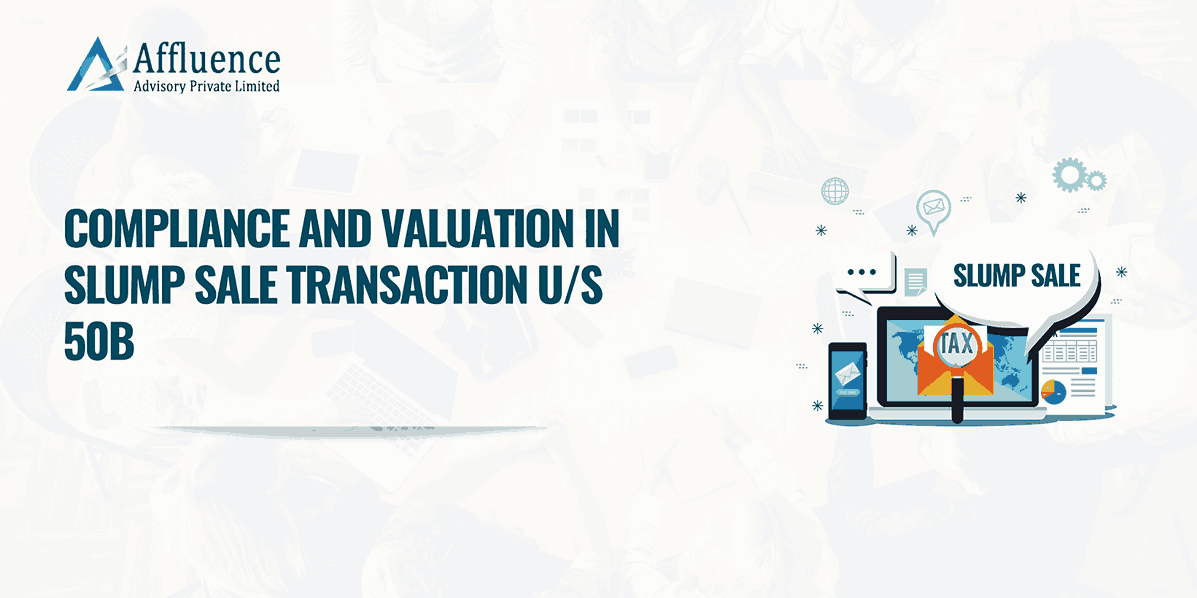- Is it mandatory to provide PAN of all the persons forming part of Promoter Group category as per SEBI (ICDR) Regulations, 2018?
Yes. PAN of all persons forming part of Promoter Group as per SEBI (ICDR) Regulations, 2018 is mandatory to be filled in the Shareholding Pattern. - Who should be covered under Non Promoter – Non Public (“NPNP”) category of the Shareholding Pattern?
Shareholding under NPNP category can be divided in two forms –
i. Details of Custodian/DR Holder – Name of DR Holders (If Available) – As per Securities Contracts (Regulation) Rules, 1957 and Depository Receipts Scheme, 2014, the shares of a listed entity underlying the depository receipts shall form part of the public shareholding of the company only if the holder of such depository receipts has the right to issue voting instruction and such depository receipts are listed on an international exchange. Therefore, the underlying shares, against which depository receipts have been issued, of a listed entity not satisfying the conditions mentioned above which are held by Public Shareholders shall be classified under the category ‘Non-Public Non-Promoter shareholding’.
ii. Employee Benefit Trust / Employee Welfare Trust under SEBI (Share Based Employee Benefits and Sweat Equity) Regulations, 2021 – Shareholding of employee trusts and schemes shall be disclosed under this category as per the terms of Securities and Exchange Board of India (Share Based Employee Benefits and Sweat Equity) Regulations, 2021. - What shall be included under Non-Disposal Undertaking (“NDU”) in Shareholding Pattern?
NDUs are typically undertakings given by a shareholder not to transfer or otherwise alienate the securities and are in the nature of negative lien given in favour of another party, usually a lender. You may also refer SEBI Circular no. CIR/MRD/DP/56/2017 dated June 14, 2017 in this regard. - What shall be included under “Other encumbrances” in Shareholding Pattern?
All type of encumbrances which are not covered under Pledge and Non-Disposal Undertaking shall form a part of ‘other encumbrances’. For definition, please refer Regulation 28(3) of the SEBI (SAST) Regulations, 2011. - Whether to include the name of minor Promoter or member of the Promoter Group who does not hold any shares?
Yes, and until the minor Promoter or member of the Promoter Group obtains PAN, dummy PAN i.e. ZZZZZ9999Z, can be mentioned against his name in the Shareholding pattern, along with appropriate clarification. - In case of demise of a Promoter or member of the Promoter Group, who held shares jointly with another person, whose name should be disclosed in the Shareholding Pattern?
In case of demise of a Promoter or member of the Promoter Group, the person to whom his shares are transmitted shall be disclosed in the Shareholding Pattern under the Promoter or member of the Promoter Group, as the case may be. Further, until the transmission process is completed, his name should be disclosed in the Shareholding Pattern against his holdings with word ‘Late’ as a prefix. - Whether the name of an entity forming part of Promoter or member of the Promoter Group, holding Nil shares, is required to be disclosed in Shareholding Pattern even if it got merged or liquidated or dissolved or struck off?
In case of an entity forming part of Promoter or member of the Promoter Group has been merged or liquidated or dissolved or struck off, its name shall be removed from the Shareholding Pattern from corresponding quarter’s Shareholding Pattern in which the merger or liquidation or dissolution or struck off has taken place. Further, in this type of cases, the companies are expected to fill in the corresponding details in the remarks field. - If a Promoter or member of the Promoter Group transfers any share to any person, who does not belong to promoter or member of the promoter group category, by way of transmission, succession, inheritance or gift, then whether the person to whom shares are transferred (“transferee”) should be disclosed in Promoter or Promoter Group category,
as the case may be?
Yes, immediately on happening of such event, the recipient of such shares should be classified as promoter/ person belonging to the promoter group, as applicable. You may refer to Regulation 31A(6) of the SEBI (LODR) Regulations, 2015. - Whether any person who is not holding any shares, but holding Convertible Securities or Warrants or Employee Stock Option Plan (hereinafter referred to as “ESOP”) should be reported in the Shareholding Pattern or no?
Yes. In case a person (under any category) is not holding any share of the company, but is holding Convertible securities or Warrants or ESOP, the company shall be required to add the name of such person in the Shareholding Pattern. For example, if a director (who is not a promoter) is holding 500 Warrants of the company then in such case, the details of such holdings should be disclosed under ‘Directors and their relatives (excluding independent directors and nominee directors)’ sub-category of Non-Institutions Public category in the Shareholding Pattern. - In case of demise of a Promoter, who was not holding any shares in the company, should his relatives automatically ceased to be a part of Promoter Group?
In case of such event, even though the relatives of the deceased promoter technically ceased to be part of Promoter or Promoter Group on the happening of demise, the companies should not remove them from person forming part of promoter group category without taking prior approval from the stock exchanges through reclassification under Regulation 31A of the SEBI (LODR) Regulations, 2015. - Whether we should remove the name of a deceased Promoter or member of the Promoter Group from System Driven Disclosure (“SDD”) portal even though the PAN is not surrendered upon demise?
The name of a deceased Promoter or member of the Promoter Group should be removed irrespective of the fact that whether the PAN is surrendered or no. - Why total number of shares on fully diluted basis (including warrants, ESOP, Convertible Securities etc.) is required?
As per SEBI Circular No. IMD/FPIC/CIR/P/2018/61 dated April 05, 2018, Paid-up equity capital and Paid-up equity capitalon a fully diluted basis is required for Monitoring of Foreign Investment Limits in listed Indian Companies. - What do we mean by Paid up equity capital on a fully Diluted basis?
As defined at Regulation 2(xvii) of FEMA, the term “Fully Diluted basis” means the total number of shares that would be outstanding if all possible sources of conversion are exercised. - What must be entered in column No. (XC) i.e., No. of outstanding ESOP Granted? Total number of ESOP granted under the ESOPs scheme by the Company, which are outstanding.
For example: If the Company has granted 100000 options under the ESOP scheme, allotted 20000 equity shares under the scheme, the remaining 80000 ESOP options will be considered as outstanding. - What option should be selected in the declaration sheet if a Company has never granted any ESOPs or if all granted ESOPs have been fully allotted and are no longer outstanding?
The Company should select “No” in declaration sheet.
For example: In case Company has granted 100000 options under ESOPs scheme and allotted 100000 equity shares under ESOPs scheme then it will consider as Company granted ESOPs, which are not outstanding. - What should be entered in column No. (XC) i.e., No. of outstanding ESOP Granted, in case Company having multiple ESOPs scheme?
The Company should disclose ESOP details by consolidating data from all ESOP schemes. For example: If the Company has two ESOP schemes introduced in Year 2021 and 2023, respectively, wherein the Company has granted 100,000 options under the first scheme and 90,000 options under the second scheme, and has allotted 50,000 equity shares under the first scheme and 40,000 under the second scheme, then the Company should report the number of
outstanding ESOP options on a consolidated basis.
In this case, the total number of options granted is 190,000, and the total number of equity shares allotted is 90,000. Therefore, the Company should enter 100000, representing the consolidated number of outstanding ESOP grants. - Is the Company required to disclose outstanding ESOP grants on a continuous basis until all such grants are exhausted?
Yes, the Company is required to disclose outstanding ESOP grants on a continuous basis until all outstanding ESOPs grants are exhausted. - Are the details of ESOPs required to be updated based on the board resolution for allotment of equity shares under ESOPs or only after the Company receives the listing and trading approval from stock exchanges?
The details of ESOPs required to be submitted based on the Board Resolution approving the allotment of equity shares. - What is included in Column No. X, i.e., No. of Shares underlying outstanding convertible securities, No. of Warrants and No. of outstanding ESOPs granted?
It is non-editable field and it is sum of No. of Shares underlying outstanding convertible securities (XA) + No. of Shares underlying outstanding Warrants (XB) + No. of outstanding ESOP Granted (XC) i.e., (X) = (XA+XB+XC). - What is included in the Total No. of shares on fully diluted basis?
It is non-editable field and it is sum of Total nos. shares held (VII) + No. of Shares Underlying Outstanding convertible securities, No. of Warrants and ESOP (X) i.e., (XI)=(VII+X). - If the Company has outstanding ESOPs grants that will not dilute the paid-up equity share capital upon exercise of options by the employees, do we need to disclose the same in SHP?
No. If ESOP scheme is implemented through a trust involving secondary acquisition or if the Company has already allotted shares to the Trust against outstanding ESOPs grants, then such grants will not result in dilution of the paid-up equity share capital. Therefore, they are not required to be disclosed in the Shareholding Pattern (SHP). - What is the treatment of Lapsed ESOPs in column No. (XC) i.e., No. of outstanding ESOP Granted?
If any ESOPs lapse for any reason, such lapsed ESOPs will not be considered as outstanding ESOPs granted. However, if the Company reissues ESOPs in lieu of the lapsed options, they will be included in the column of outstanding ESOPs granted.
Disclaimer: This article provides general information existing at the time of preparation and we take no responsibility to update it with the subsequent changes in the law. The article is intended as a news update and Affluence Advisory neither assumes nor accepts any responsibility for any loss arising to any person acting or refraining from acting as a result of any material contained in this article. It is recommended that professional advice be taken based on specific facts and circumstances. This article does not substitute the need to refer to the original pronouncement.








